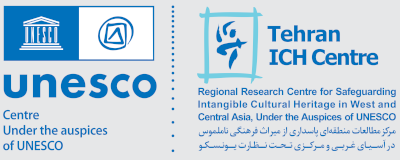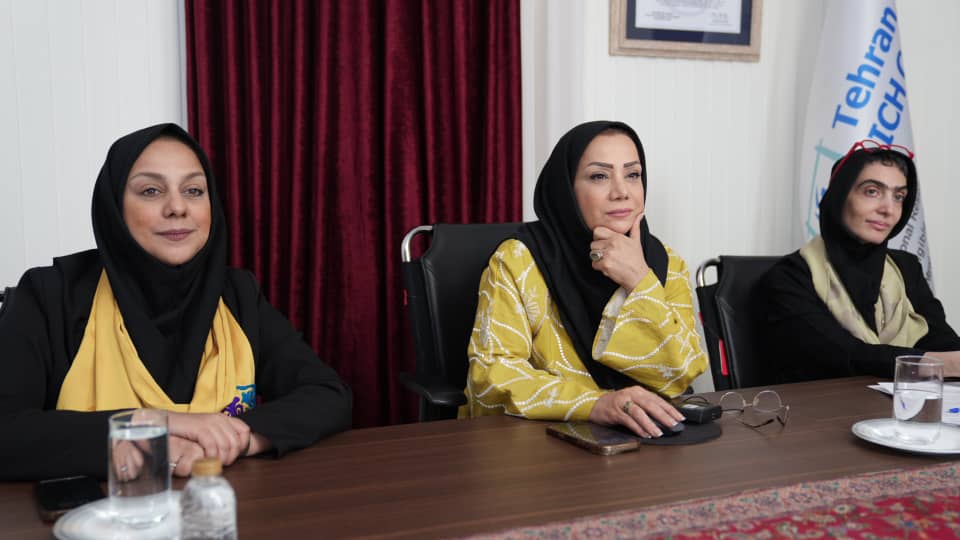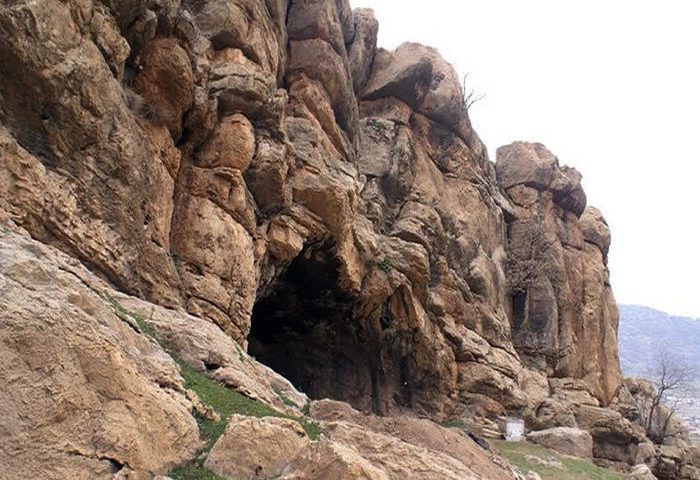Balaban (in Azerbaijan) or Mey (in Türkiye) is a centuries-old woodwind instrument made up of three parts: a body, a wide and flat double reed and a clip. The instrument is traditionally made of plum or apricot wood and coated with linseed or olive oil. Once dry, crafters drill several holes into the front of the body and one hole into the back. The sizes, number of holes and materials used vary according to the region. The knowledge, skills and techniques of crafting and playing Balaban are typically passed on informally within families through observation and hands-on experience, as well as through apprenticeships. The musical practice is also transmitted formally in universities and high schools, traditional music conservatories, institutions and student music communities. Balaban plays a significant role in the music cultures of Azerbaijan and Türkiye and is commonly used as a solo or accompanying instrument at folk festivities, weddings and concerts. A vital part of the identity and collective memory of its musicians and craftspeople, it is also an important means of promoting cultural identity, solidarity and social memory in both countries, with people of all ages, genders, socio-economic backgrounds and ethnicities gathering to listen to and participate in the performances.










